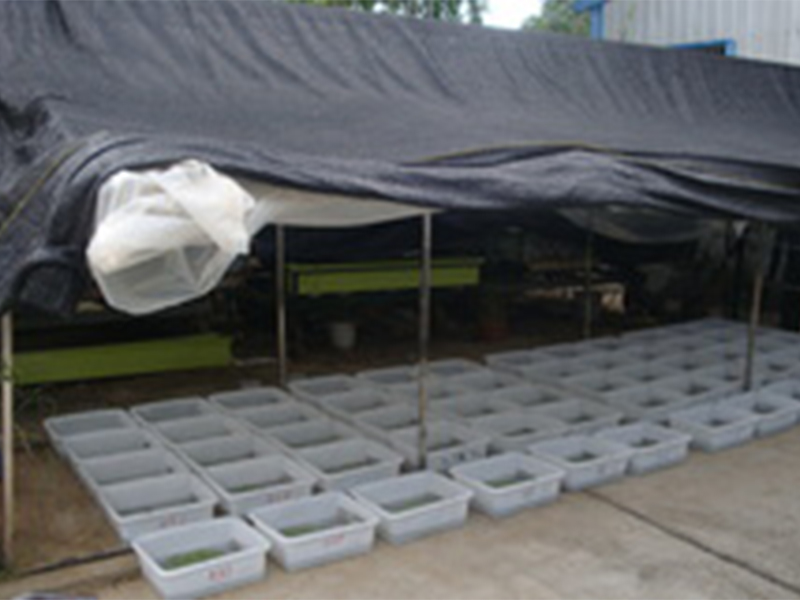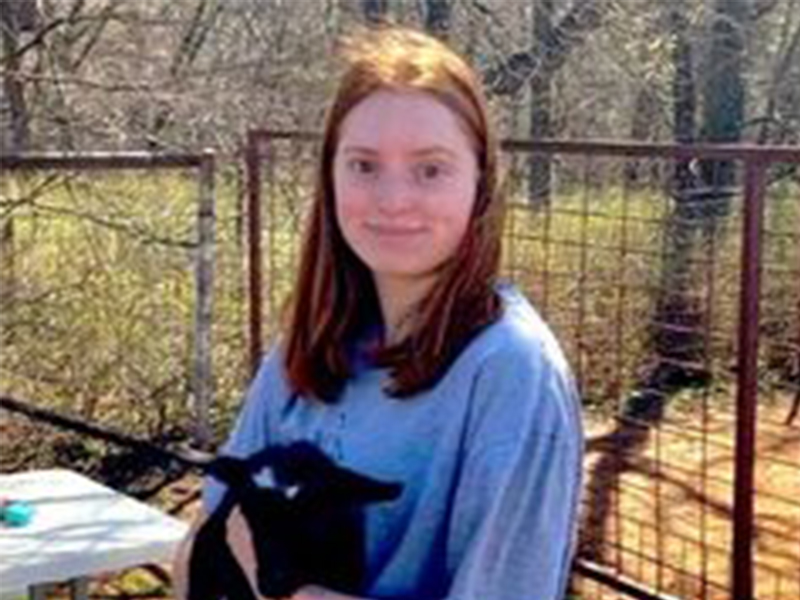Is It Possible to Have Larger Total Population Than Carrying Capacity?
Part I
2013-2014
Collaborated with Dr. Don DeAngelis, Dr. Weiming Ni and graduate student Liu Xin. This work is funded by J. Gerry Curtis Plant Sciences Scholarships.
 I am interested in the effects of spatial heterogeneity and diffusion on a plant population
also. DeAngelis and Zhang 2014 developed a patch model to test a mathematics theory
from Dr. Weiming Ni (University of Minnesota) and Dr. Yuan Lou (Ohio States University)
that heterogeneous resource conditions with diffusion will result in a larger population
biomass than carrying capacity for one species. I further tested our simulation results
by setting up an experiment, using a fast-growing plant species (Duckweed). The results
from the experiment proved our simulation results (Zhang et al, 2015).
I am interested in the effects of spatial heterogeneity and diffusion on a plant population
also. DeAngelis and Zhang 2014 developed a patch model to test a mathematics theory
from Dr. Weiming Ni (University of Minnesota) and Dr. Yuan Lou (Ohio States University)
that heterogeneous resource conditions with diffusion will result in a larger population
biomass than carrying capacity for one species. I further tested our simulation results
by setting up an experiment, using a fast-growing plant species (Duckweed). The results
from the experiment proved our simulation results (Zhang et al, 2015).
However, this theory holds only when the maximum growth rate (r) and carrying capacity (K) are positively correlated. (See Current Research.)
Relevant Presentations
- Aug 2014 - Bernoulli Workshop on Dispersal in Heterogeneous Environment, Lausanne, Switzerland.
- Jan 2014 -Graduate Students Symposium, Department of Biology, University of Miami.
Relevant Publications
- DeAngelis, D.*, and B. Zhang*. 2014. Effects of Population Dispersal in a Non-Uniform Environment Individual Dynamics and Competition: A Patch Model Approach. Invited paper in Journal discrete and Continuous Dynamical System – B 19: 3087-3104.
- Zhang, B. Liu, X., DeAngelis , D.L., Ni, W., Wang , G. Geoff. 2015. Effects of dispersal on total biomass in a patchy, heterogeneous system: Analysis and experiment, Mathematical Biosciences 264: 54-62. doi: 10.1016/j.mbs.2015.03.005 This work was published with undergraduate research assistants.
- DeAngelis, D., W. Ni, and B. Zhang. 2016. Dispersal and spatial heterogeneity: single species. The Journal of Mathematical Biology 72: 239-254. doi 10.1007/s00285-015-0879-y.
- DeAngelis, D., W. Ni, and B. Zhang. 2016. Effects of Diffusion on Total Biomass in Heterogeneous Continuous and Discrete-Patch Systems. Theoretical Ecology doi 10.1007/s12080-016-0302-3.
Part II
Carrying Capacity in a Heterogeneous Environment with Habitat Connectivity 2015-2017
Collaborated with Dr. Don DeAngelis, Dr. David Van Dyken, Dr. Wei Ming Ni, Alex Kula and undergraduate student Arrix Ryce. This work is funded by Graduate Student Award to Promote Interdisciplinary Research in Biology from University of Miami.
I am collaborating with Dr. David Van Dyken (University of Miami) and Alex Kula (graduate student) to study the carrying capacity in both heterogeneous and homogeneous environments, with yeast.
Conclusions
We make three major conclusions:
- The randomly diffusing population could reach a significantly higher total population than the non-diffusing population in a heterogeneous environment.
- The r-K relationships determined whether a diffusing population could exceed in size the sum of the local carrying capacities in heterogeneous environment.
- The diffusing population in the heterogeneous environment did not reach the size of the population supported by the same nutrient input levels homogeneously distributed in space.
Significance of This Study
This work represents a unique melding of rigorous mathematical theory and empirical
validation, with broad implications for our understanding of a fundamental ecological
concept—carrying capacity.
This work will help us to further understand what we found in Zhang et al, 2015.
Relevant Publications
- Zhang, B†, A. Kula†, K.M.L. Mack, L. Zhai, A.L. Ryce1*, W. Ni, D.L. DeAngelis, J. D. Van Dyken. 2017. Carrying capacity in a heterogeneous environment with habitat connection. Ecology Letters 20: 1118-1128.
- Van Dyken, J. D., and B. Zhang. Carrying capacity of a spatially-structured population: disentangling the effects of dispersal, growth parameters, habitat heterogeneity and habitat clustering. Journal of Theoretical Biology in press.


